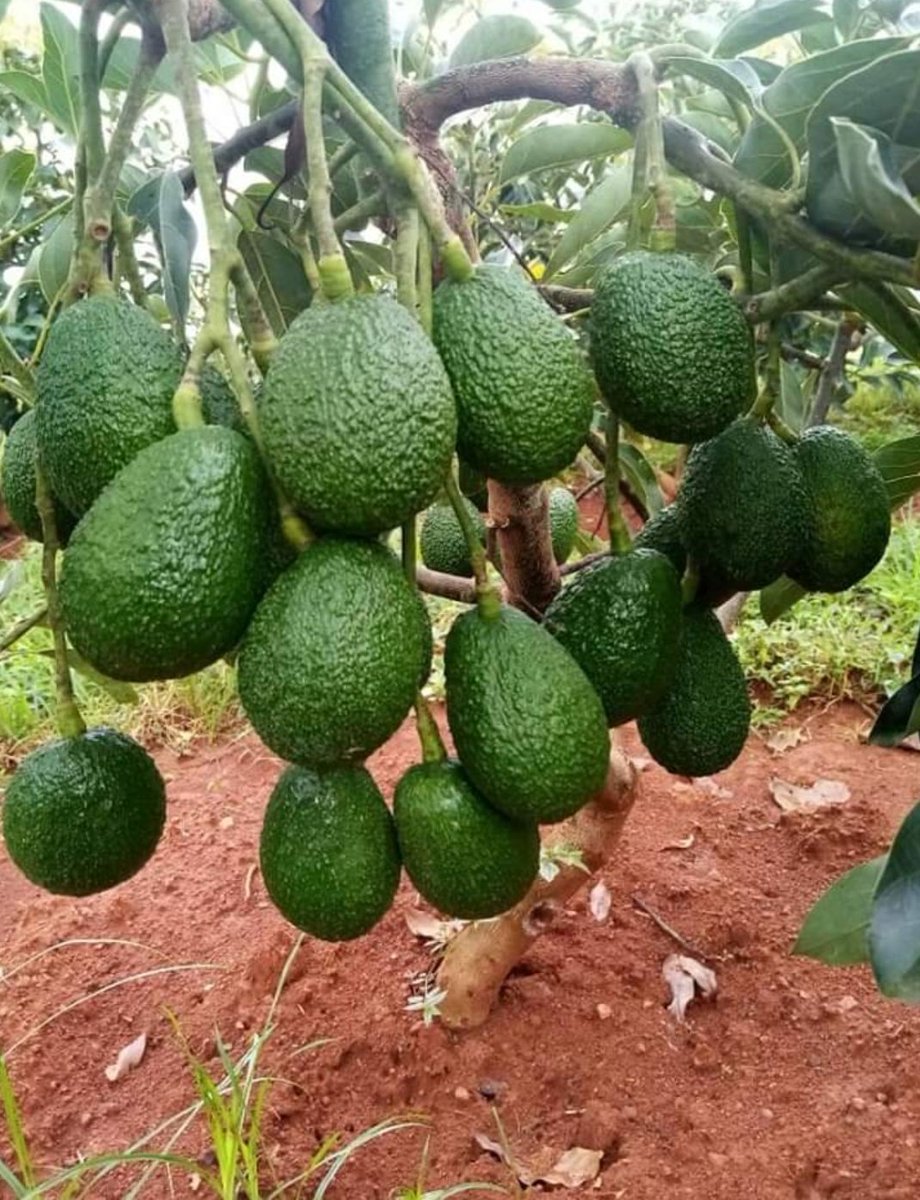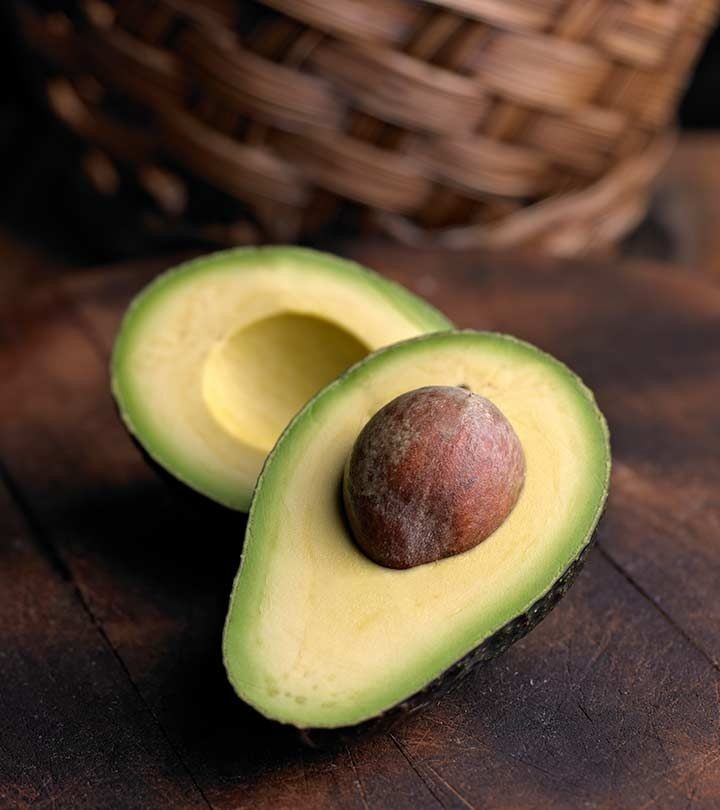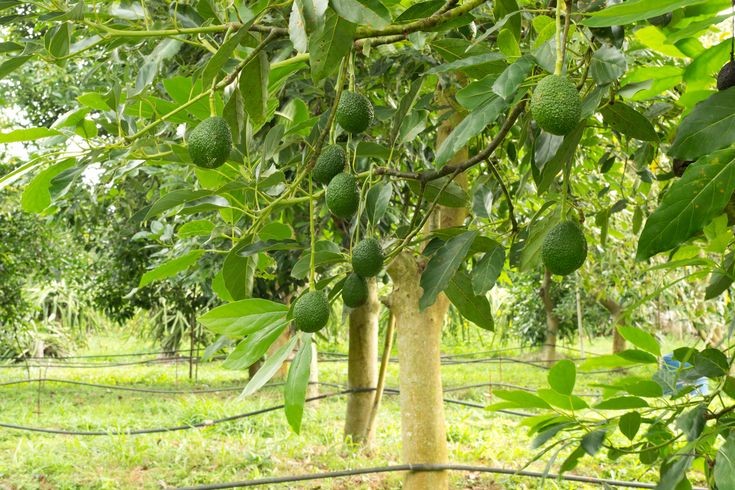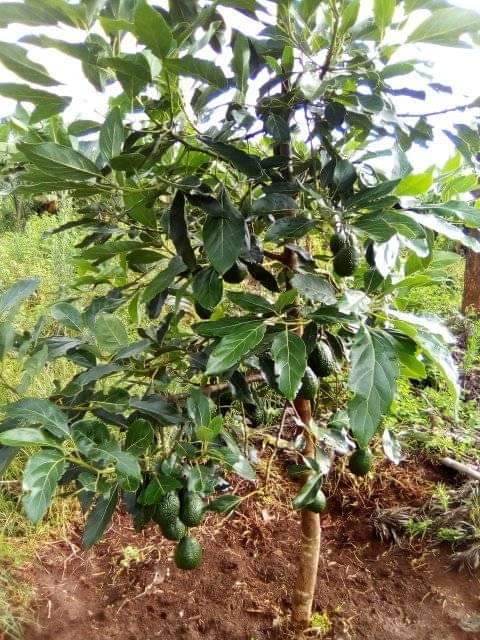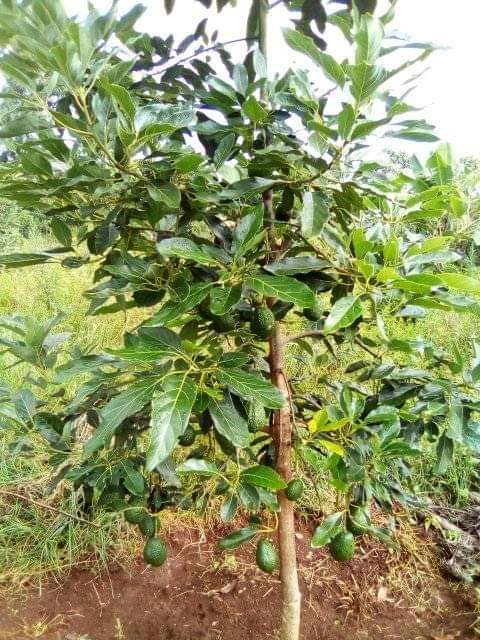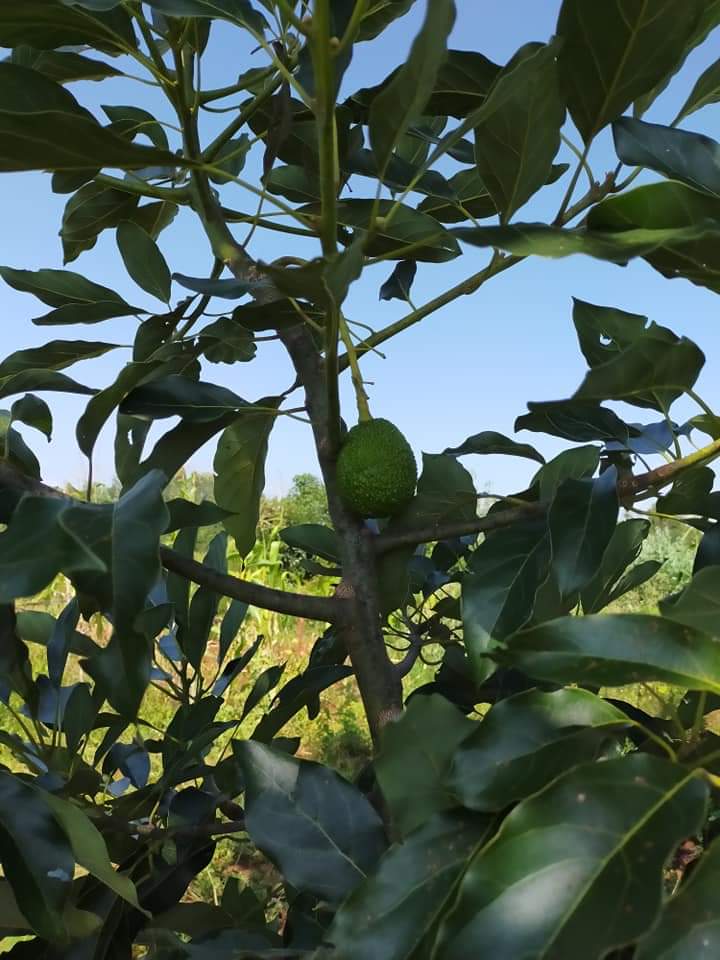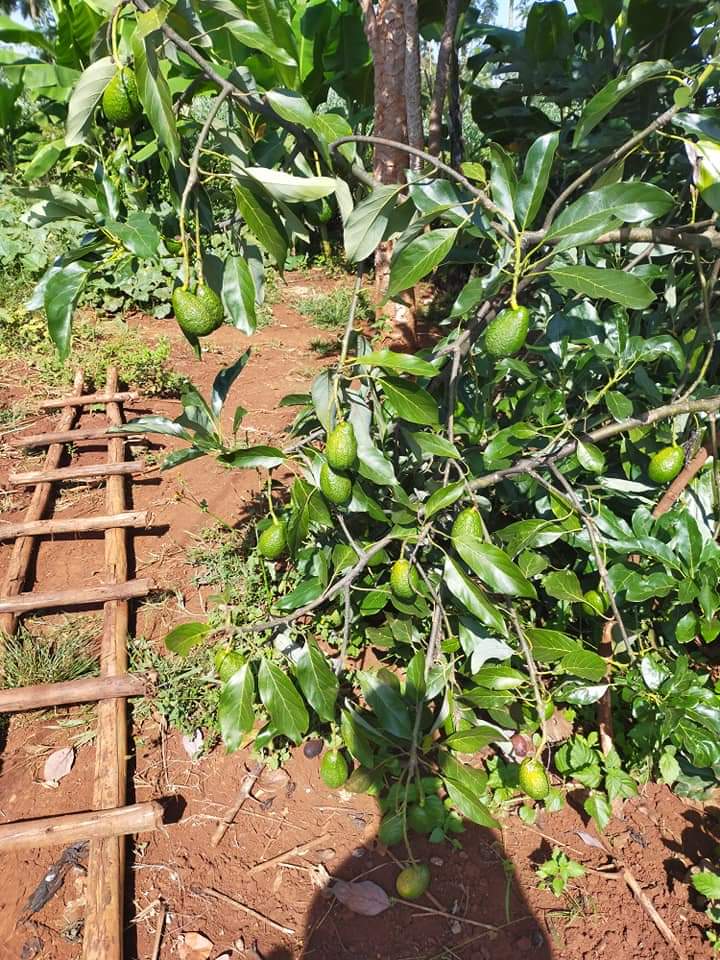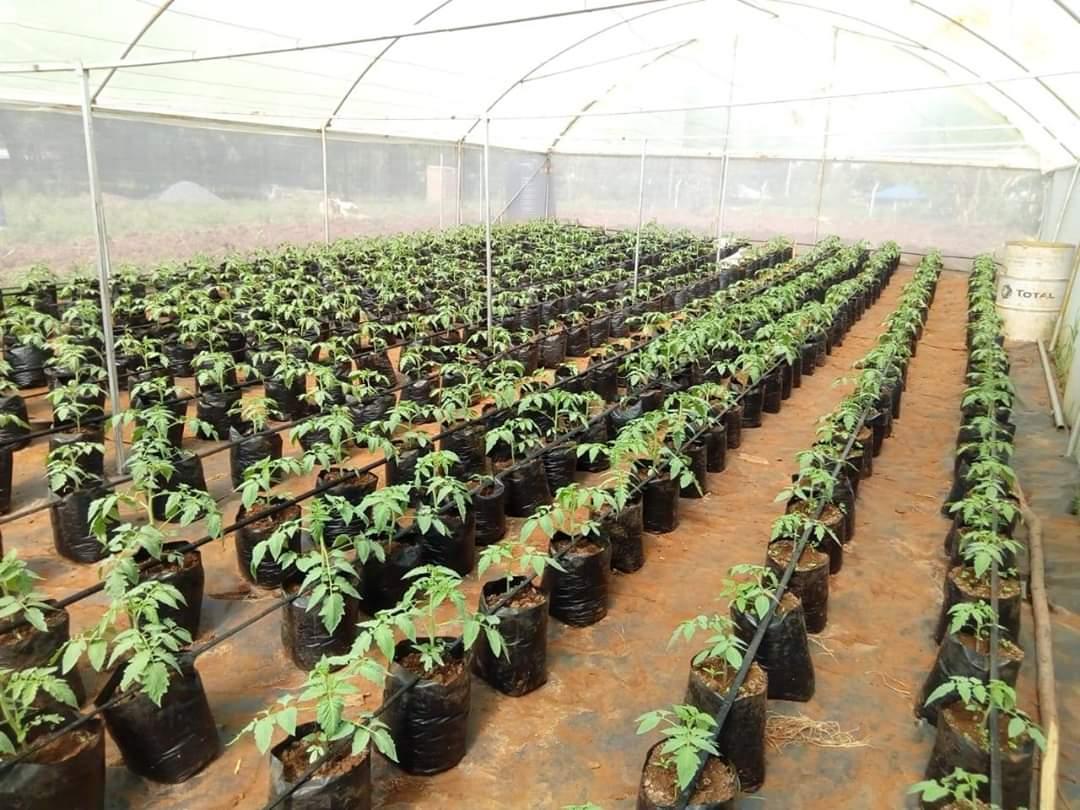They are an easy to grow vegetable which require soil rich in compost.
We have all your capsicum variety seedlings on sell .
#Dearfarmers #TuesdayMotivation
To order, follow the link below⬇️
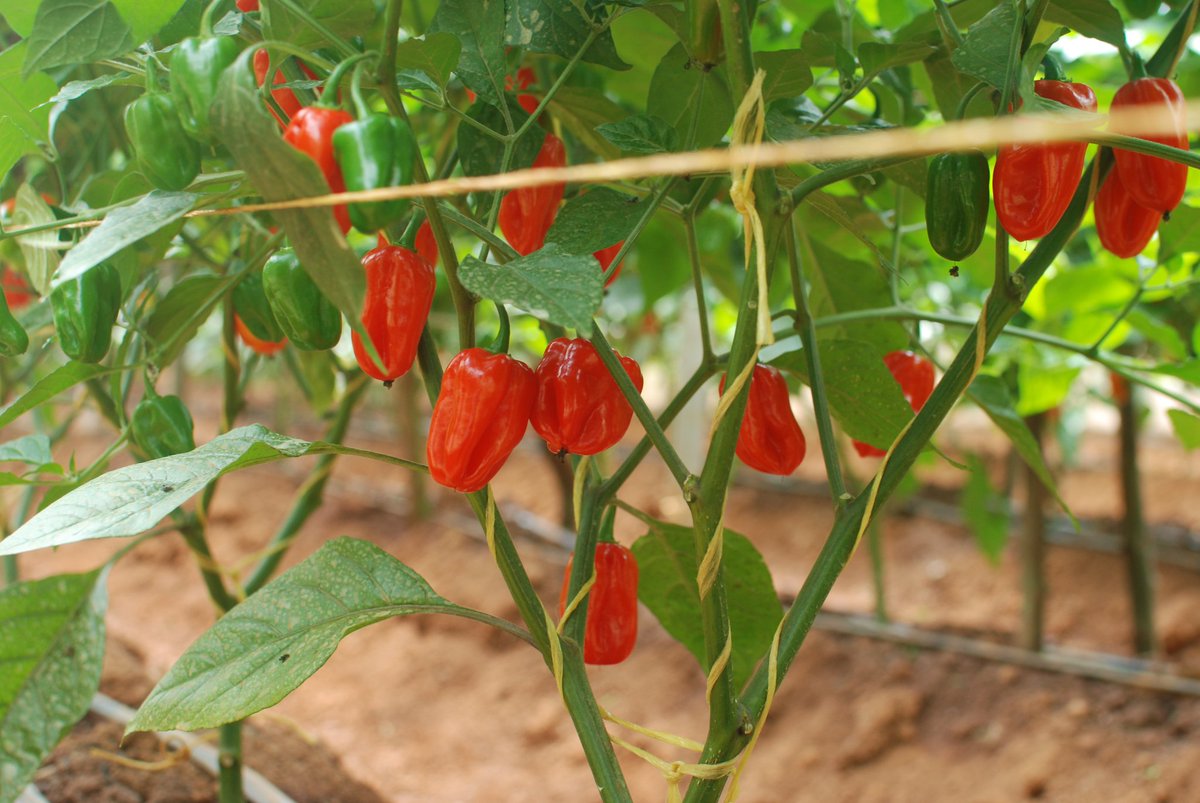
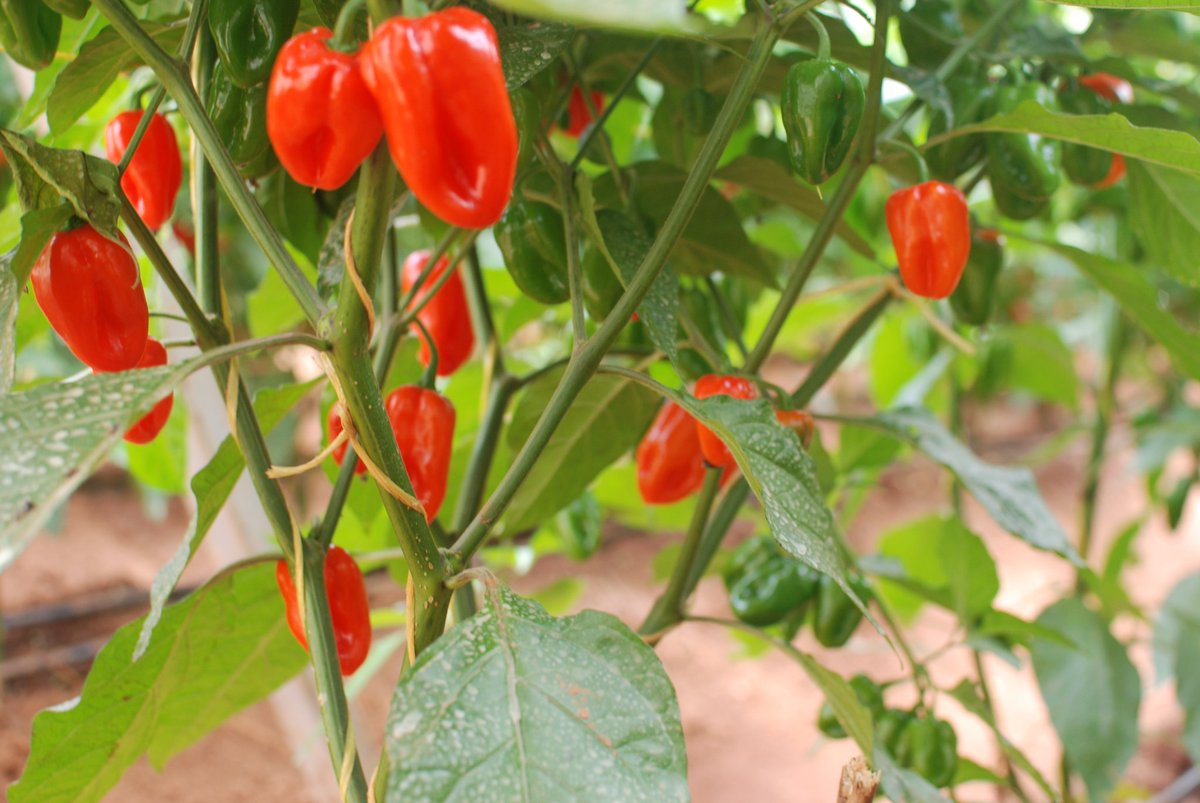
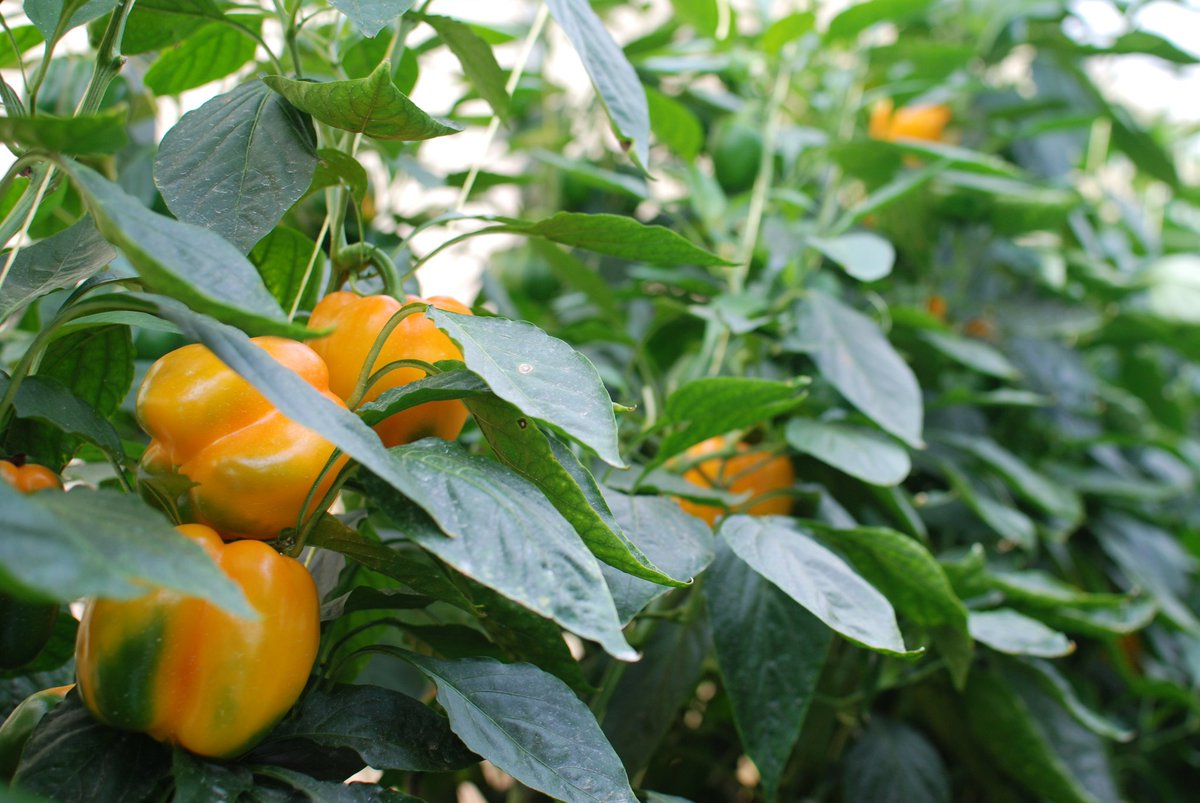
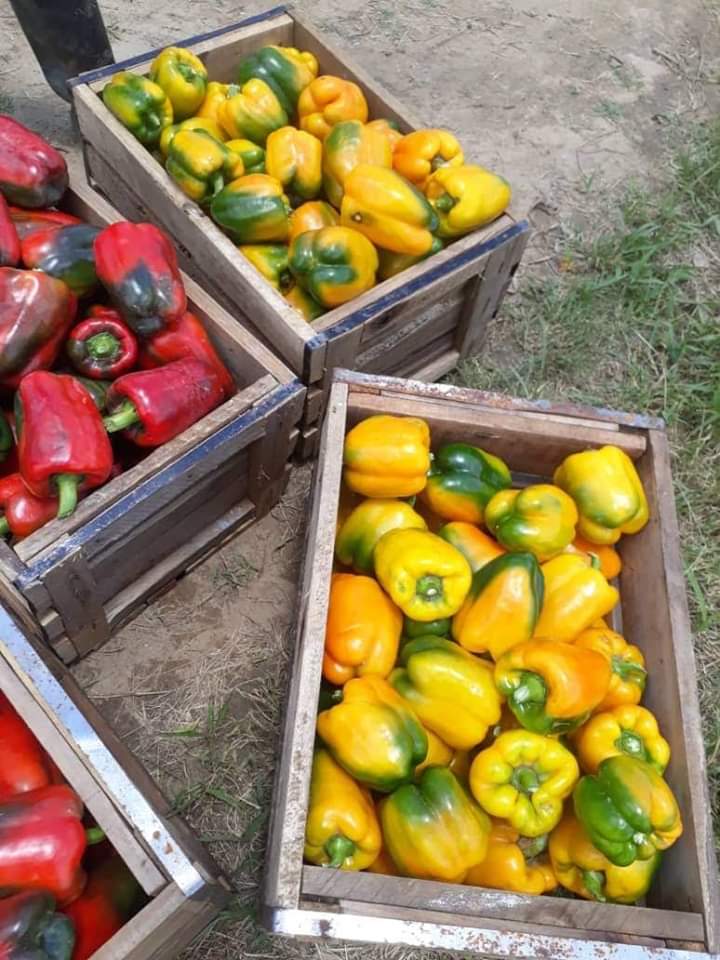
Depending on management yields of 1,000 kg to 3,000 kg per acre can be achieved.
Well-managed farms should be able to yield at least 600 grams of fresh chili per plant per year or 200 grams of dried chili.
#Dearfarmers #farming
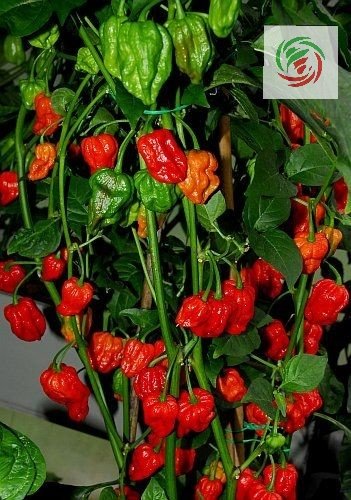
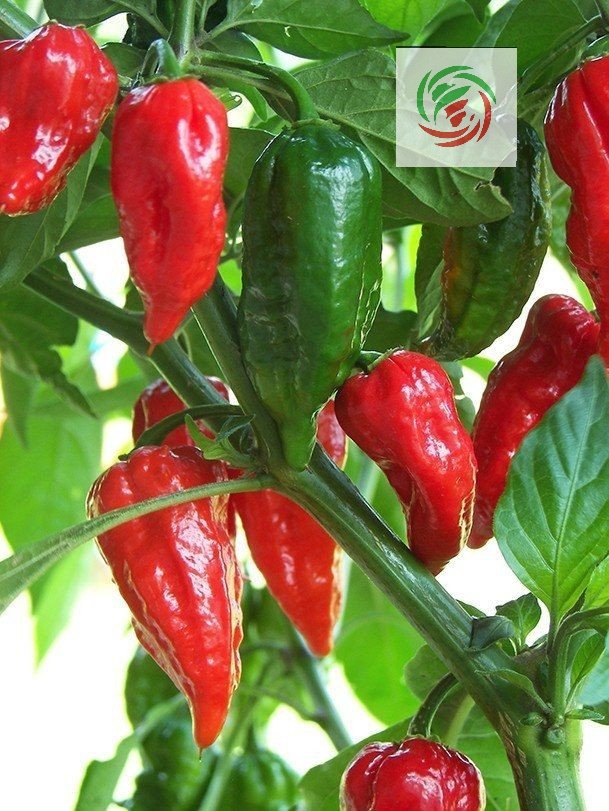
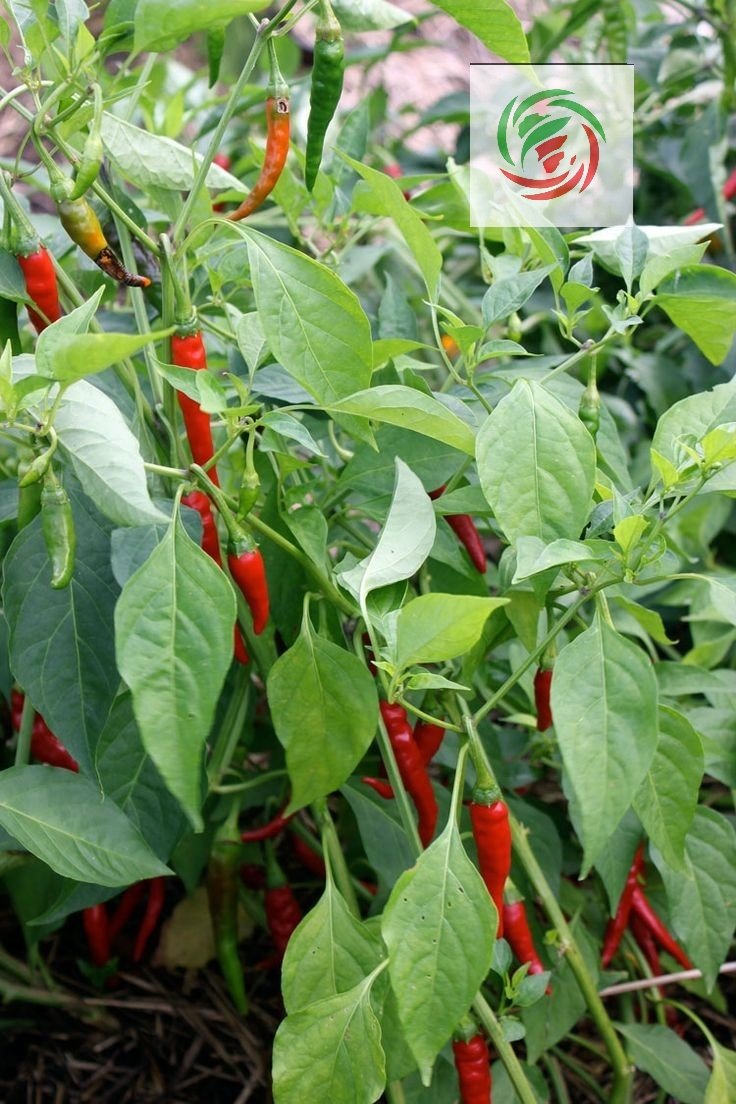
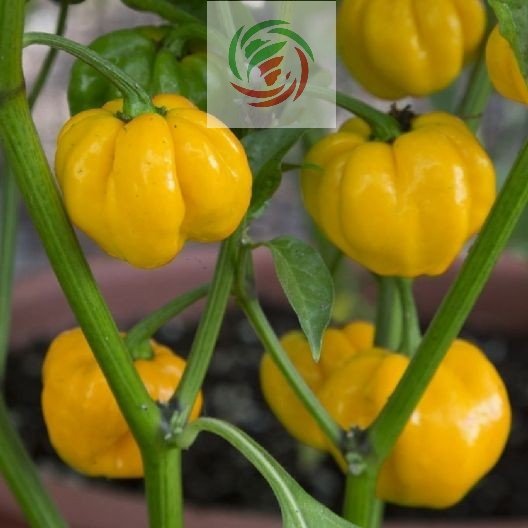
With an average yield of 8.30Mt/ha Ghana is currently ranked fourth in chili production in Africa after Egypt, Nigeria and Algeria
#Dearfarmers
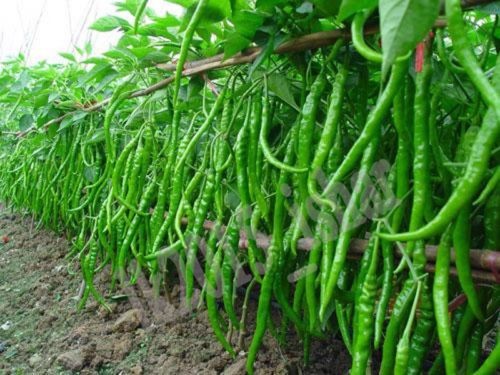
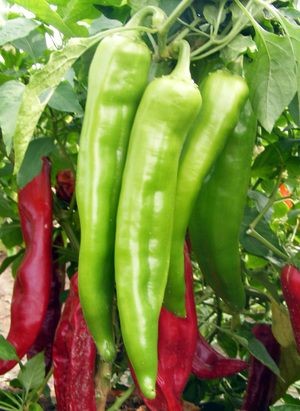
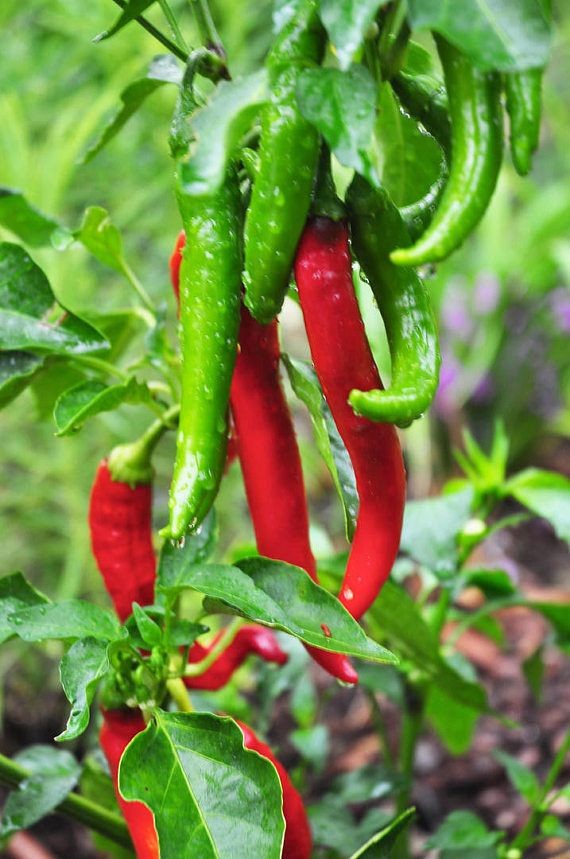
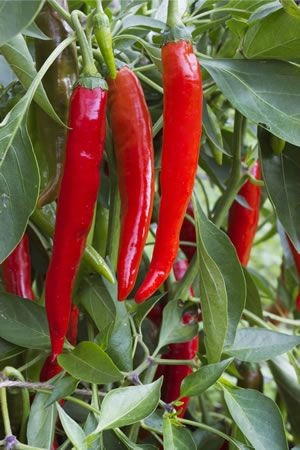
Altitude
The crop can grow at elevations from sea level to 1500m above sea level
Rainfall
The crop thrives in areas with medium rainfall about 600-1,200mm per annum.
Extreme water deficits can stunt growth and cause flower abortion and fruit drops hence irrigation is recommended where rainfall is insufficient.
Chilies are warm seasoned crops hence sensitive to frost. The optimum temperatures for growth and fruit set are 20-30oC.
Night temperatures below 16oC and day temperature above 320C can however prevent/reduce fruits set.
Soils
Light loamy, non-acidic, well drained soils are ideal for capsicum growth but with proper soil management, chili can grow in a wide range of soil types. Soil pH of 4.3-9.7 is well tolerated.
Site selection
Site should not have had any solanum related crops (potatoes, tomatoes, brinjals tobacco) for the past at least 1 year.
Make raised beds, 1m wide and of convenient length.
Apply manure and work these into the soil.
Make drills across the bed about 10cm apart, sow seeds and cover lightly with the soil.
Mulch the beds lightly and water regularly.
Remove the mulch when seeds have germinated and control pests and diseases as the need arises.
Seed rate
400-500g per hectare is required depending on spacing (about 20 grams of seed should give at least 500 good plants).
The site should be well prepared in advance and manure applied. The land should be ploughed and harrowed to a fine tilth.
Seedlings are transplanted when they are about 8-10cm high with at least 4 true leaves. Transplants should be set as soon as possible in the field to avoid drying out of the roots. Apply grass mulch to protect the fruits from water splash.
Spacing Should be 45cm (within rows) by 60cm (between rows)
Intercropping-Intercropping can supplement income from the farm. Spacing of 1 -2 m for intercrop production is recommended depending on the crop.
Application of up to 10 tons/ha of Farm Yard Manure or compost is recommended depending on soil organic matter content (2 handfuls per planting hole).
Chili should not be grown after other solanaceous plants in the same field. Rotate chili with other crops e.g. tubers, legumes (cassava, sweet potatoes, beans, soya, groundnuts and bananas).
Dry plant materials are laid on the soil surface in the inter row space to preserve moisture and smother weeds.
This also reduces the need for hand weeding hence low chances of transmitting diseases such as bacterial and fusarium wilt through contaminated tools.
Aphids, mites, thrips and white flies
Control
Timely weeding to destroy host plants
Use recommended insecticides
Root knot nematode is usually a problem only in poor sandy soils so add organic matter before planting.
Common diseases include Anthracnose, bacterial wilts, Fusarium wilt, late blight, Downey and Powder mildews and rust.
Virus infections (tobacco mosaic virus, cucumber mosaic virus) are a major factor in reducing the productive life of commercial chili fields.
Remedial measures to disease attacks include; use of certified seeds and ensuring field hygiene
Remove virus-diseased plants (mottled leaves, stunted) from the field
Practicing crop rotation
Applying fungicides for fungal infections
The fruits are ready for first picking between 2 1/2 to 3 months after transplanting.
Picking continues for 3 to 4 months and it is recommended to harvest all the red ripe chilies as soon as they appear.
Harvest mature, deep red fruits only of length not more than 2 cm. Chilies should be picked without stalks.
Damaged, overripe, or green chilies should not be taken to the dryer.
Note
It is far more profitable to harvest all the fruit from a few plants than half of the fruit from many plants.
Depending on management yields of 1,000 kg to 3,000 kg per acre can be achieved
Well-managed farms should be able to yield at least 600 grams of fresh chili per plant per year or 200 grams of dried chili
A well maintained crop should produce up to 3 tons of chili per acre
Let's talk Agriculture
Hit up on your one time partners
Message @mynzagric254 on WhatsApp. wa.me/message/D53E3K…








